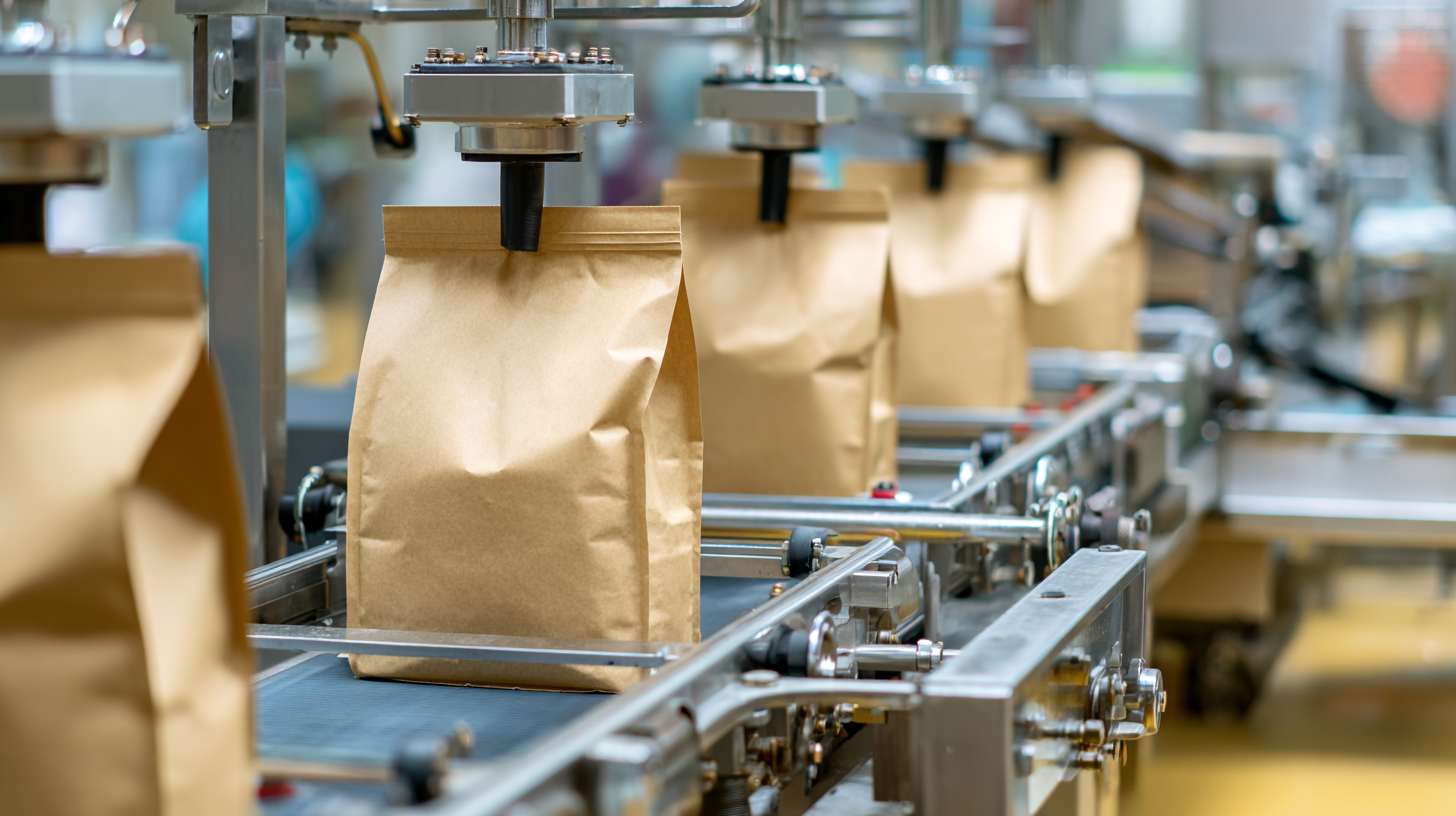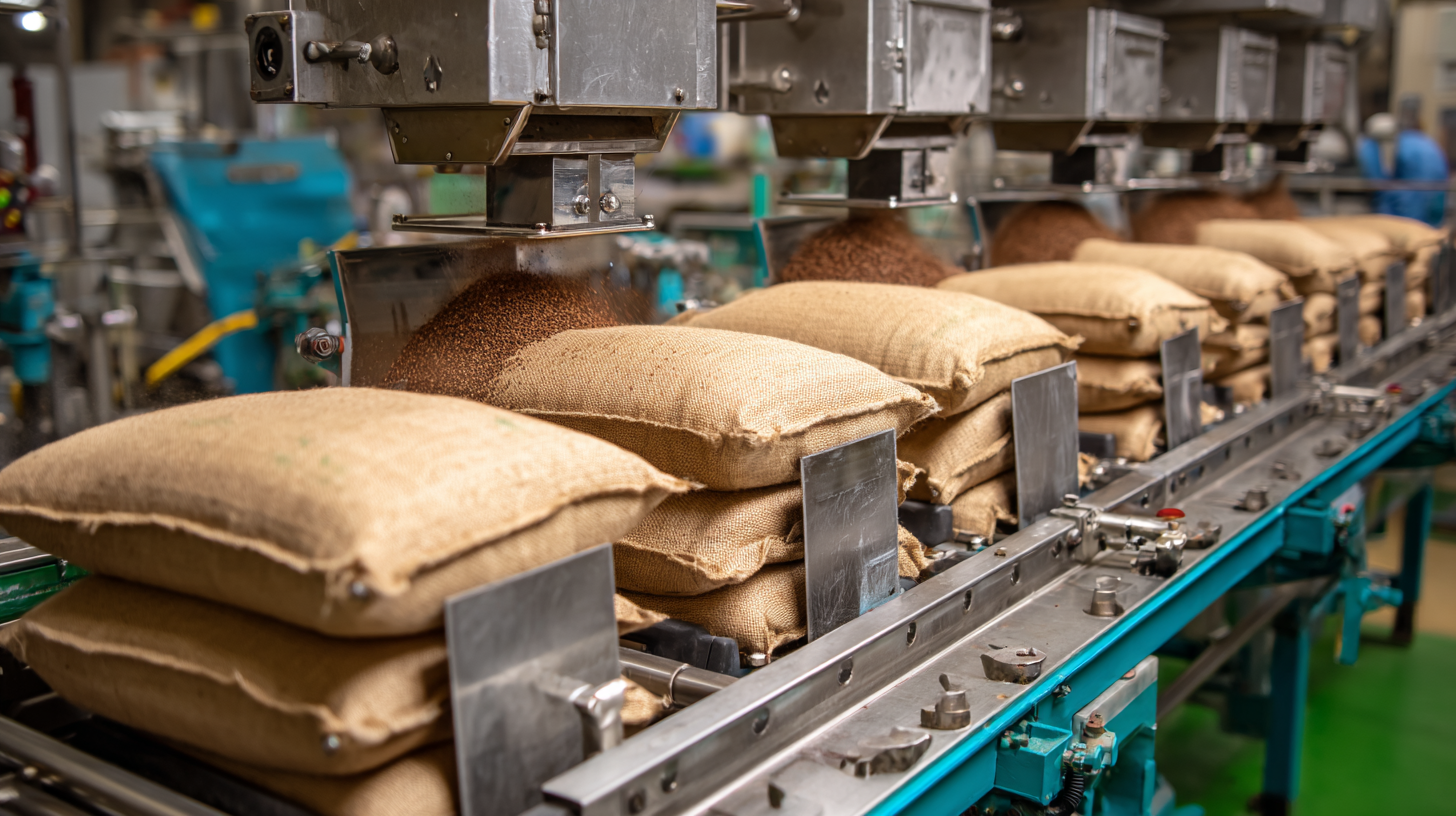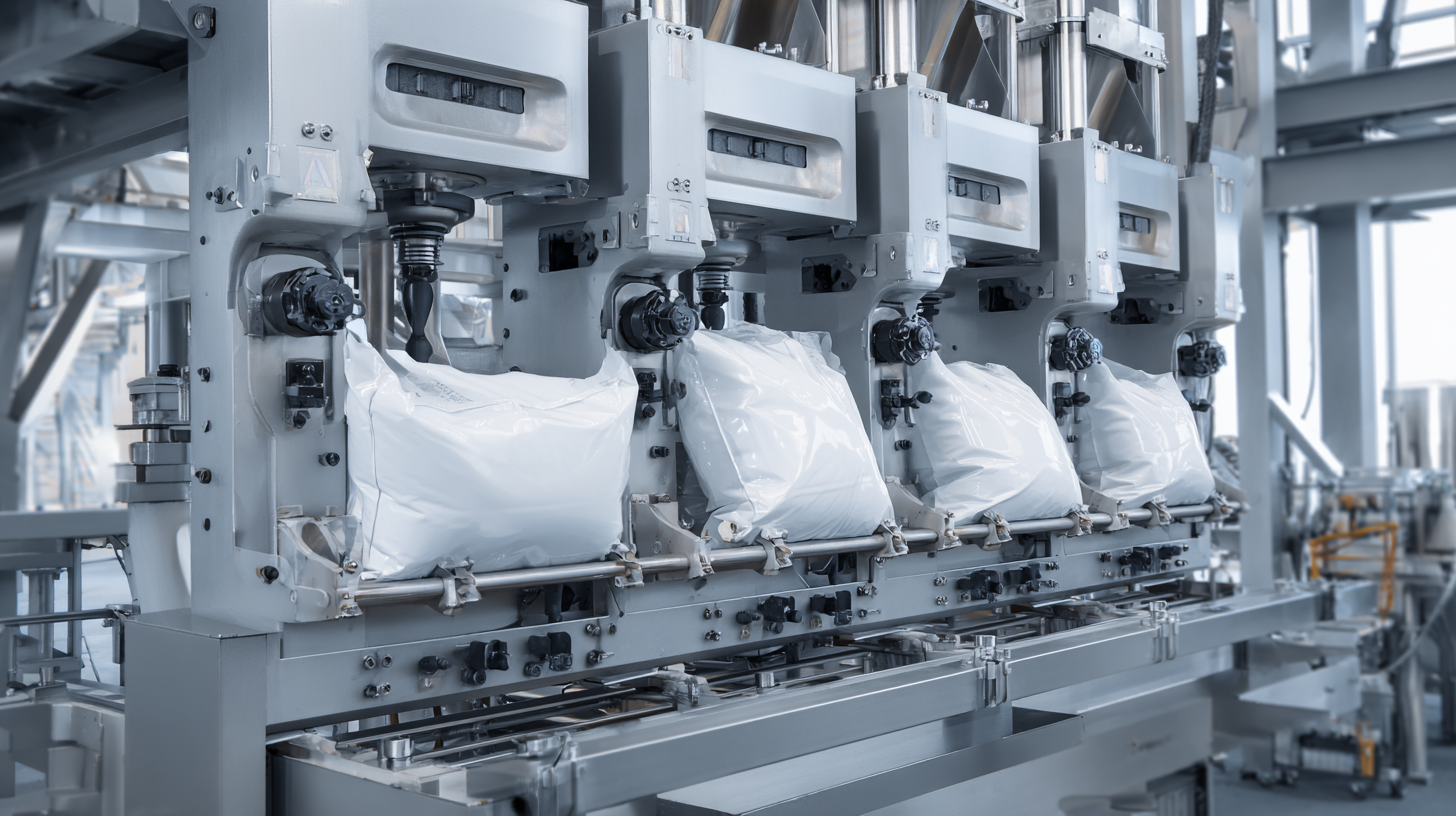Maximizing ROI on Best Bag Filling Machines Through Superior After Sales Support and Maintenance Savings
In today's competitive manufacturing landscape, maximizing ROI on bag filling machines is crucial for ensuring operational efficiency and profitability. According to a report by MarketsandMarkets, the bag filling machines market is projected to witness significant growth, reaching over $4.2 billion by 2025, driven by increased demand for cost-effective packaging solutions. However, the true value of these machines is realized not just through their initial purchase but through superior after-sales support and maintenance strategies. Research indicates that effective maintenance can reduce downtime by up to 20%, which is essential for maintaining production schedules and enhancing overall productivity. By investing in robust after-sales support, businesses can not only extend the lifecycle of their bag filling machines but also achieve substantial savings in maintenance costs, ultimately leading to a higher return on investment.

Understanding the Importance of After-Sales Support in Bag Filling Machines
In the packaging industry, after-sales support plays a critical role in maximizing the return on investment (ROI) for bag filling machines. According to a report by Grand View Research, the global bag filling machine market is expected to reach $5.35 billion by 2028, making the efficiency and reliability of these machines paramount. A comprehensive after-sales support system not only ensures optimal machine performance but also extends the lifespan of equipment, ultimately leading to significant cost savings. For instance, proactive maintenance can reduce downtime by up to 30%, according to research from McKinsey & Company, helping manufacturers maintain productivity while minimizing disruptions.
Moreover, investing in a robust after-sales support framework translates into better customer satisfaction and loyalty. A survey conducted by the Customer Service Institute found that 75% of customers consider after-sales service a key factor when deciding to repurchase. High-quality support services, such as timely technical assistance and regular maintenance checks, foster confidence in the machinery's reliability. This assurance encourages clients to invest further in advanced bag filling solutions, which can optimize their production processes and improve their bottom line. By understanding the importance of after-sales support, companies can make informed decisions that enhance the performance and value of their bag filling machines.
Key Maintenance Practices to Extend the Life of Filling Machines
When it comes to bag filling machines, maintaining optimal performance is crucial for maximizing ROI. Implementing key maintenance practices can significantly extend the life of these machines, ensuring consistent production efficiency. Regular inspections and timely replacements of wear parts, such as seals and nozzles, not only minimize downtime but also prevent costly breakdowns. Establishing a routine maintenance schedule helps operators detect early signs of wear and tear, allowing for proactive measures rather than reactive fixes.
Another critical practice is to provide comprehensive training for operators and maintenance staff. Understanding the machine's functionality and common issues empowers teams to carry out basic troubleshooting and maintenance tasks efficiently. This knowledge transfer can lead to faster responses to minor problems, thus extending the machine's lifespan and fostering a culture of accountability. Moreover, utilizing advanced technologies such as predictive maintenance software can monitor machine performance in real-time, identifying potential issues before they escalate into significant repairs. By prioritizing these practices, businesses can ensure their filling machines operate at peak performance while maximizing their investment returns.
Maximizing ROI on Best Bag Filling Machines Through Superior After Sales Support and Maintenance Savings - Key Maintenance Practices to Extend the Life of Filling Machines
| Maintenance Practice | Frequency | Potential Cost Savings (%) | Impact on Equipment Life (Years) |
|---|---|---|---|
| Regular Cleaning | Weekly | 15% | 2 |
| Lubrication | Monthly | 10% | 3 |
| Parts Inspection | Quarterly | 20% | 4 |
| Calibration Checks | Biannual | 25% | 5 |
| Software Updates | Annually | 30% | 3 |
Calculating the ROI: How Support Services Affect Your Bottom Line
When investing in bag filling machines, the return on investment (ROI) extends beyond the initial purchase price to encompass the critical aspect of after-sales support and maintenance. Reports indicate that companies with robust support services can achieve a ROI improvement of up to 20%. This enhancement stems largely from reduced downtime, which is often cited as a significant factor affecting production efficiency. According to a study by the Association for Packaging and Processing Technologies, every hour of unplanned downtime can cost manufacturers up to $30,000, emphasizing the financial advantage of solid after-sales support.

Effective maintenance programs can further add value by prolonging equipment lifespan and lowering overall operational costs. Data from industry analyses reveal that businesses that implement comprehensive maintenance strategies experience a 10-15% decrease in total cost of ownership over the lifecycle of their machines. Additionally, timely support and service interventions not only mitigate potential issues before they escalate but also build stronger partnerships between manufacturers and suppliers, leading to enhanced performance and better alignment with production goals. Balancing cost-saving measures with quality support can significantly influence a company's bottom line.
Case Studies: Success Stories of Effective After-Sales Strategies
In the current competitive landscape, after-sales support plays a pivotal role in maximizing the return on investment (ROI) for companies utilizing bag filling machines. According to a report by Market Research Future, the global bagging equipment market is expected to reach USD 4.95 billion by 2027, growing at a CAGR of 5.1%. Effective after-sales strategies have become crucial for manufacturers not just to boost sales but also to enhance customer satisfaction and retention. For instance, companies that implemented comprehensive maintenance contracts reported a 20% decrease in downtime, illustrating how proactive support can lead to significant cost savings.

One compelling case study comes from a leading food packaging company that integrated an advanced maintenance support system for its filling machines. By adopting a predictive maintenance strategy, they were able to reduce operational interruptions by 30%, resulting in an annual savings of approximately $250,000. This demonstrates how strategic after-sales initiatives not only bolster equipment longevity but also contribute directly to a firm’s bottom line. By prioritizing superior support and maintenance planning, manufacturers can navigate challenges effectively, ensuring that their bag filling operations remain seamless and profitable.
Tips for Choosing the Right Bag Filling Machine with Maintenance in Mind
When selecting a bag filling machine, maintenance should be a key consideration to ensure long-term efficiency and cost-effectiveness. According to a recent Market Research Future report, the global bag filling machine market is expected to grow at a CAGR of 4.7% through 2026, highlighting the increasing reliance on automated solutions in various industries. Choosing a reliable machine with low maintenance requirements can significantly enhance your return on investment (ROI) by minimizing downtime and reducing service costs.
One vital aspect to evaluate is the machine's design for ease of maintenance. Machines equipped with modular parts not only facilitate quicker repairs but also reduce the frequency of service interruptions. A study by the Packaging Machinery Manufacturers Institute (PMMI) noted that 70% of companies report that machine reliability is a primary factor in their purchasing decisions. Additionally, investing in machines with extensive after-sales support can lead to significant savings; businesses that utilize proactive maintenance programs can reduce their maintenance costs by as much as 30%, emphasizing the importance of selecting equipment that offers comprehensive support.

